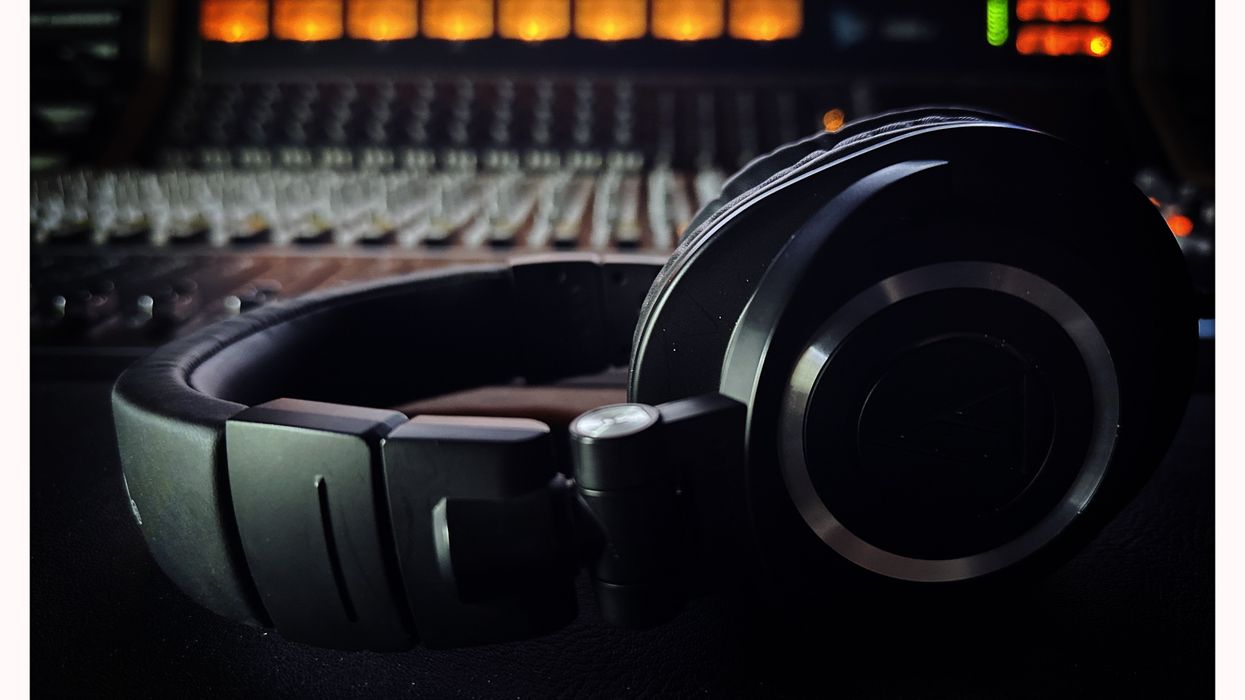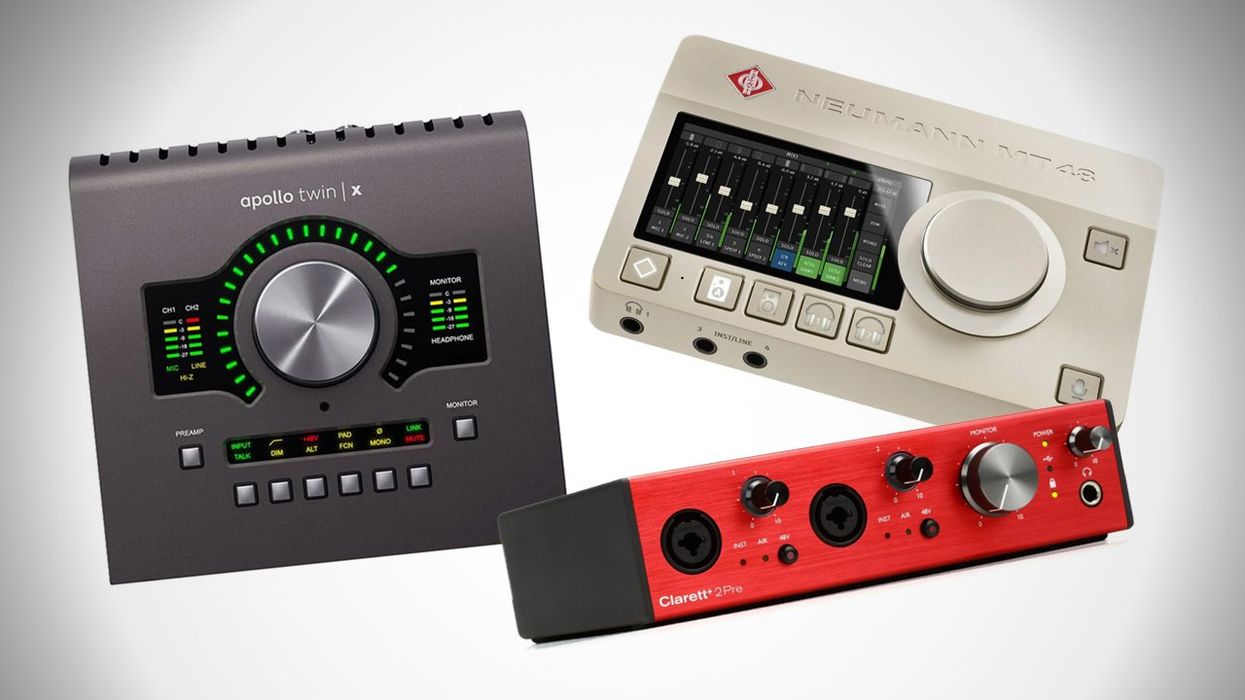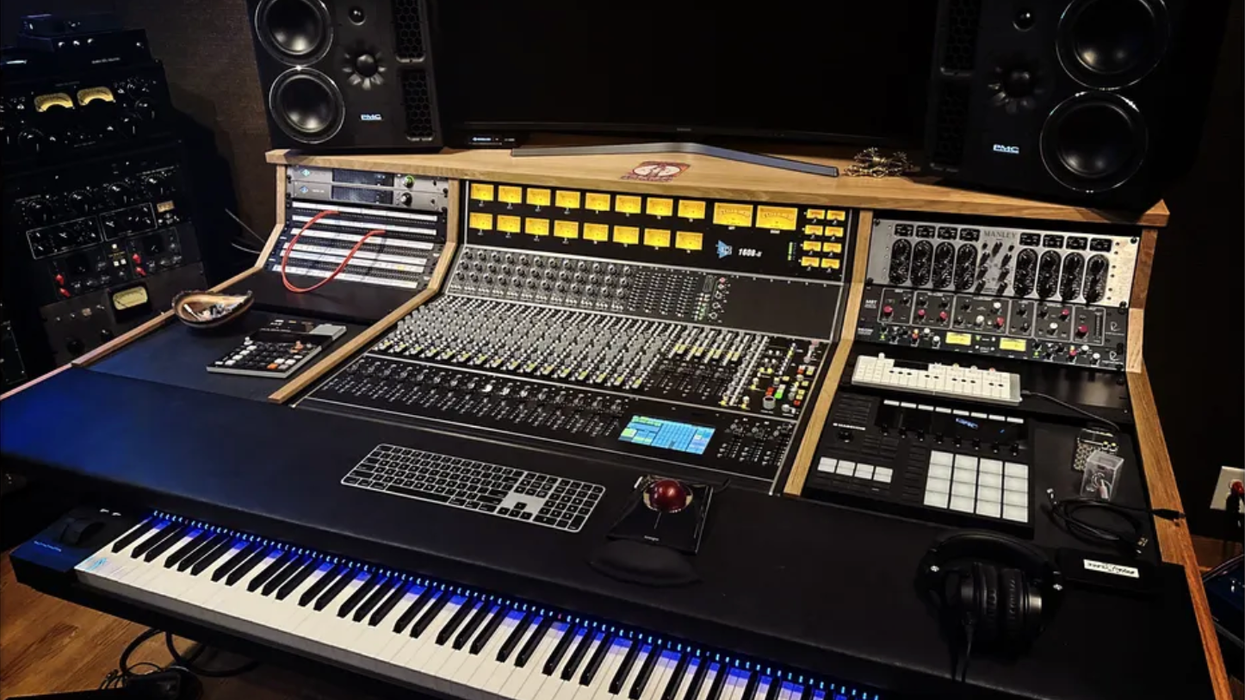[Originally published 6/8/2020]
Welcome to Recording Dojo—PG’s new monthly column pertaining to recording and engineering, with guitarists in mind. Think of this column as your place to develop better audio-recording skills, experiment with new techniques and gear and, most importantly, mindsets. So bring your best self forward and your willingness to learn … the dojo is now open.
1. TKARR
Let’s begin our training with compression: a confusing topic for guitarists as players and as engineers wanting to make their recordings more professional. Compression has five core parameters: threshold, knee, attack, ratio, and release—or TKARR. I’m going to explain this metaphorically, as if you are at a major event, say, the Grammys, and you’ve just won. You’ve condensed a lifetime of “I’d like to thank” into 15 seconds, and you’ve been regally whisked offstage by an anonymous beauty in a ball gown.
2. Threshold
The next thing you’re instructed to do is leave backstage, go through the giant ballroom (where a band is playing and people are partying), and go to the press room for photo ops and post-win interviews. You walk down the long hallway towards the ballroom door, where a burly 6'8" doorman stands behind velvet ropes. The doorman is the threshold and the velvet ropes are the knee.
3. Knee
In order for you to get into the ballroom, the doorman has to let you in. As you arrive at the door, he takes his hands off the ropes (hard knee), crosses his arms, coldly stares at you, and says, “What are doing here? This is for Grammy winners only.” Ouch! He doesn’t recognize you. He only listens to Siberian reggae bands. High threshold. So high that you can’t pass though. Conversely, if, as you approach, he gently unfastens the ropes (soft knee), says “I’m a huge fan,” and moves aside without you having to break stride, you have crossed the threshold and are now inside the ballroom. This is a well-set threshold, only allowing in those who are authorized. Or perhaps, as you arrive at the ballroom entrance, you notice that the doorman has passed out, the ropes have long been knocked over (no knee), and anyone can enter. Low threshold.
4. Attack
As soon as you enter the ballroom, within a millisecond, a waiter comes up to you: “Champagne? The press room is on the other side of the ballroom.” That’s quick attack. You notice there’s a string quartet playing Haydn’s Op. 76, and the volume is comfortably loud (low ratio, somewhere between 1.5:1 to 4:1). Almost as soon as you enter the ballroom, you’ve got your libation and move directly to the press room—quick release. You arrive at the press room with your wits about you, ready to talk about your big win.
Or, upon entering the ballroom, you mill around in the crowded room looking for directions and you’re in the middle of the ballroom before a waiter comes up to you and shouts: “Drink? Press room is over there.” That’s medium attack. The band is an ’80s cover band and the volume is rather loud for the room (medium ratio, 5:1 to 9.5:1). You eventually find your way to the press room and arrive slightly stunned, but ready.
Another version: Upon entering the ballroom, you’re immediately lost in a sea of people, shouting for directions and hopelessly trying to be heard above the Mötorhead tribute band. Your ears are ringing. Time passes, and you somehow find the press room door and a waiter shoves a drink in your hand just before you leave the ballroom. Slow attack. You arrive, dazed and confused, in the press room (high ratio, 10:1 and above).
These simple scenarios should help you understand the parameters of compression. It’s very important you know that all of these scenarios are equally and musically valid, and by no means exhaustive. Want that “When the Levee Breaks” drum sound? Low threshold, high ratio, quick attack/release. Want your acoustic to sound natural and dynamic? High to medium threshold, medium attack/release, medium to low ratio. Remember, the focus of this article is to explain the five parameters of compression (TKARR). Based on their highly varied and different designs, not all compressors give you access to every parameter. So, this will be our subject next month!




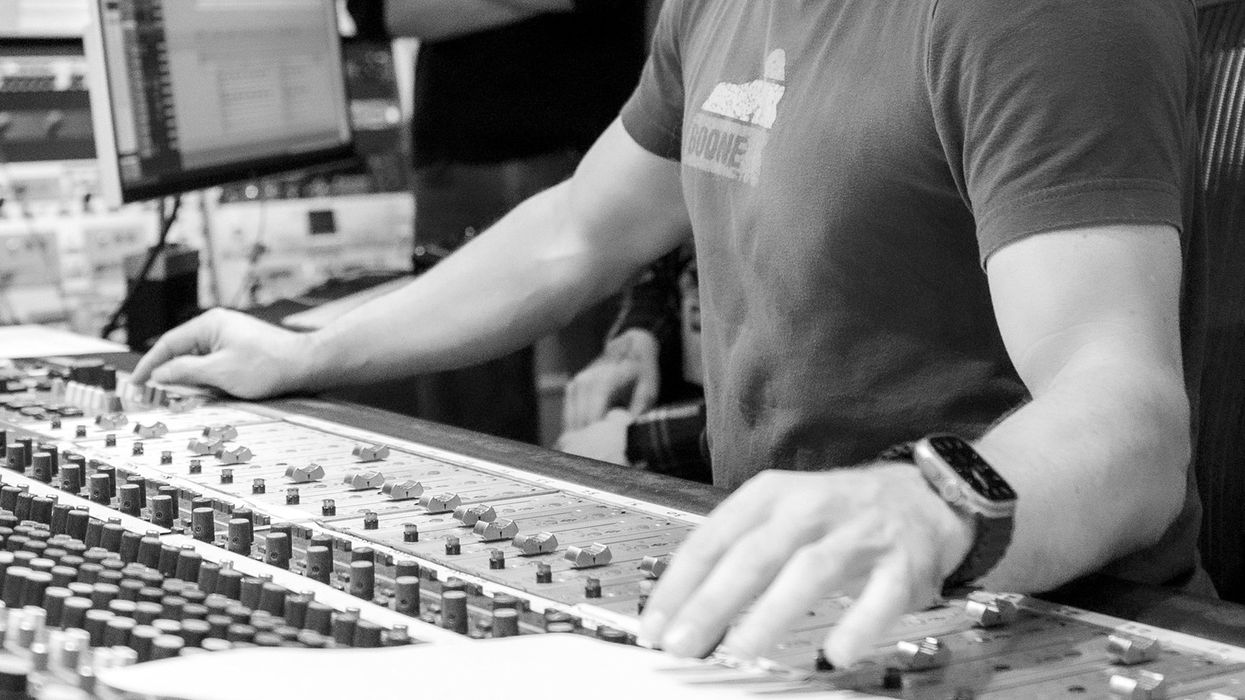
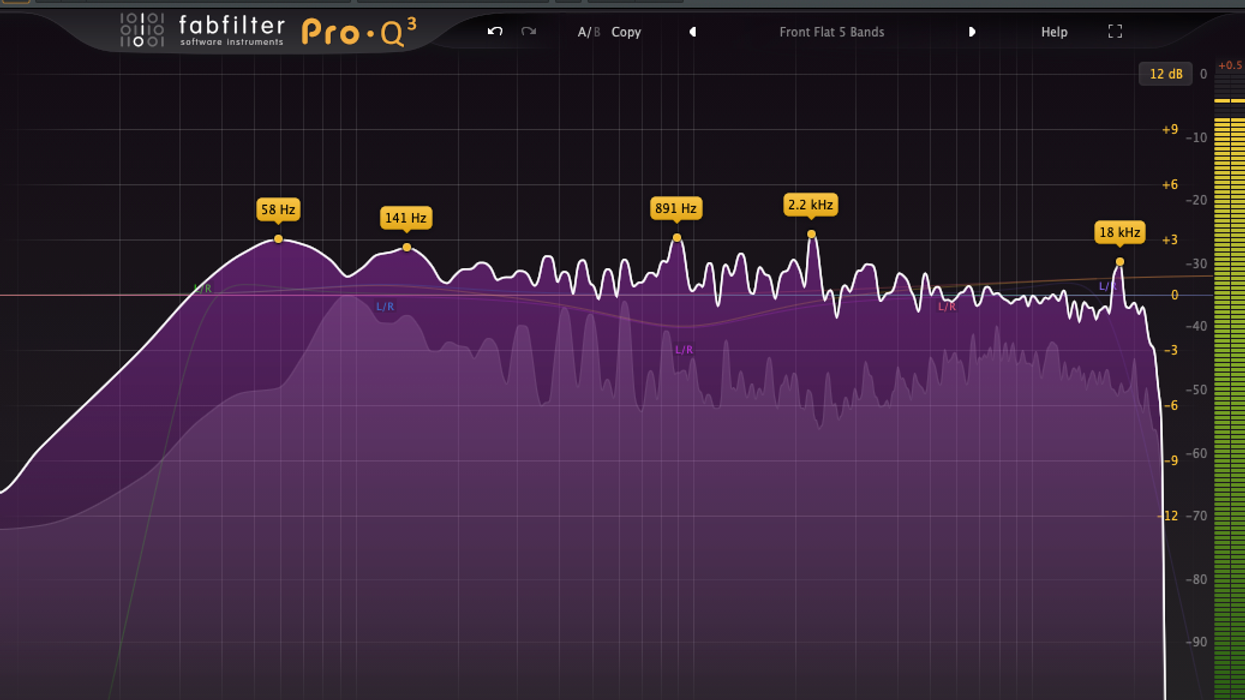

![Rig Rundown: Russian Circles’ Mike Sullivan [2025]](https://www.premierguitar.com/media-library/youtube.jpg?id=62303631&width=1245&height=700&quality=70&coordinates=0%2C0%2C0%2C0)





